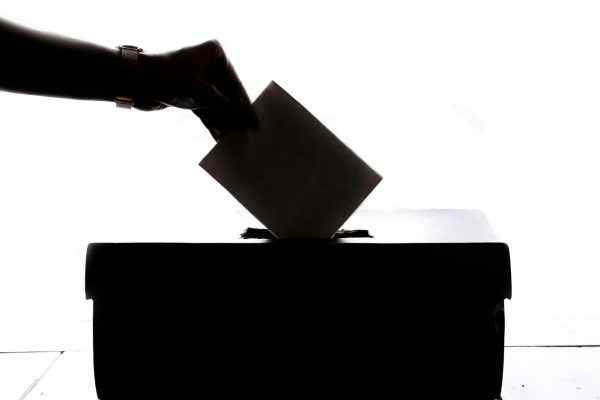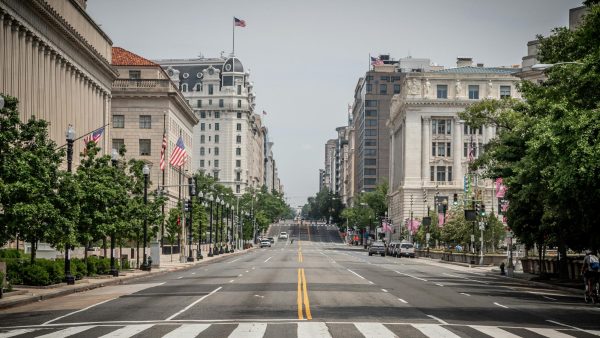Is it safe to reopen schools?
Dilara Vural
As more people receive their COVID-19 vaccines, there is hope that school will soon resume normalcy. As a result, the most pressing question these days is whether or not the school is truly safe to reopen. And the answer is yes, but only if proper safety protocols are in place.
Transmission
There must be some well-known protocols in place to allow this virus to spread. Masking, physical separation, good ventilation, hand hygiene, symptom screening, and contact-exposure screening with testing are all part of this. Air flow should also be improved as much as possible by opening windows and doors. (Child-proof fans can help improve ventilation and blow potentially contaminated air out). Adding on, middle and high school students in areas with high rates of COVID-19 infections should stay at least 6 feet apart–especially if they aren’t able to stay in small groups throughout the school day. Teachers and staff also should remain 6 feet apart from students and each other, limit in-person meetings, and avoid areas such as staff lounges. And lastly, when possible, schools should use outdoor spaces and unused spaces for instruction and meals to help with distancing. Activities like singing, band and exercising, for example, are safest outdoors and spread out.
Health Equity Considerations
Long-standing systemic health and social inequities have put many racial and ethnic minority groups at a higher risk of contracting COVID-19 and dying. COVID-19 affects people who identify as American Indian/Alaska Native, Black, and Hispanic; these differences have also arisen among children. These students may have less access to technology to facilitate virtual learning and may rely on school-sponsored resources such as school meal programs, counseling, and after-school programs. If schools are closed to in-person enrollment, some parents and caregivers may have less flexible jobs that do not allow them to stay at home to provide childcare and assist with virtual learning instruction. COVID-19, on the other hand, has serious consequences for certain racial and ethnic groups. These health disparities are visible even among school-aged children, implying that in-person instruction may expose disproportionately affected populations to a higher risk of COVID-19. As a result of these factors, health equity considerations regarding in-person instruction are an essential component of this complex decision-making. To enable in-person learning in schools that serve racial and ethnic groups disproportionately affected by COVID-19, school administrators and public health officials can work together to help schools plan and implement comprehensive prevention strategies, engage community partners, and assist with referrals to medical care. It is important that these schools have the resources and technical assistance needed to adopt and diligently implement actions to slow the spread of the virus that causes COVID-19 among people inside the school and out in the community. Schools play a critical role in promoting equity in education and health for groups disproportionately affected by COVID-19.
Vaccines
The good news is that many states have decided to make educators among the first to receive the vaccine. That’s a fantastic option for protecting teachers and staff and ensuring their safety when they return to the classroom. One thing to keep in mind is that children under the age of 16 are not permitted to receive the vaccine.
Schools will still be vulnerable to outbreaks because there will be one or two dozen vulnerable children in a classroom. Although children do not typically suffer from severe illness, the concern is that there will be an outbreak in the classroom and they will bring the virus home to their families, and those households may contain people who are vulnerable. I believe that we should continue to vaccinate educators while also focusing on making schools safer.
Hi my name is Dilara Vural and I am a Staff Writer. I am a sophomore and I love to write about current events, politics, and activism for animals. I am...





